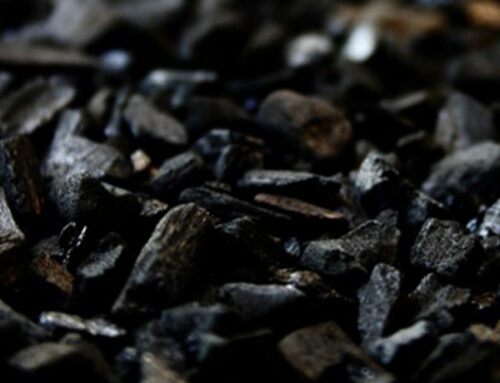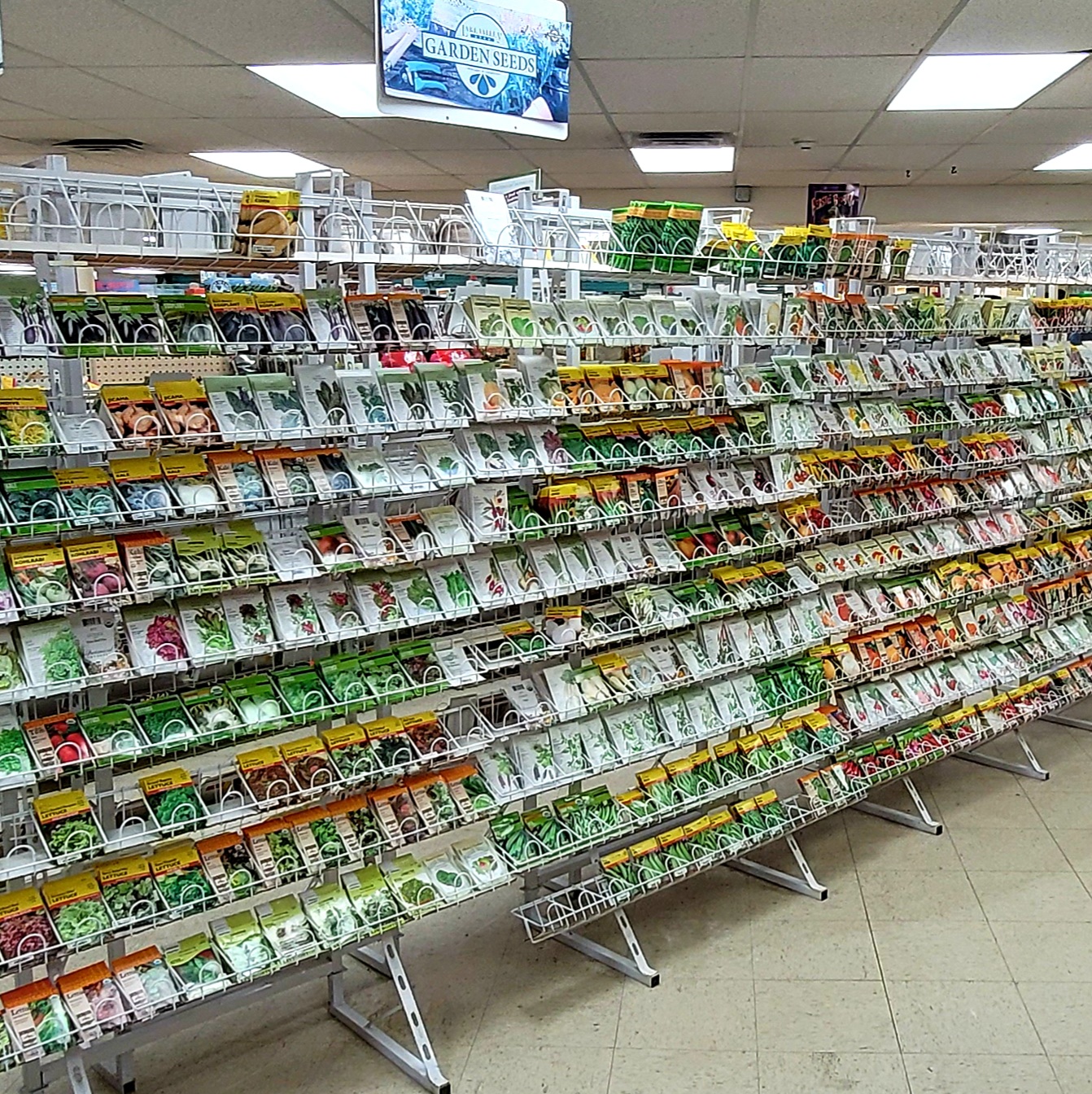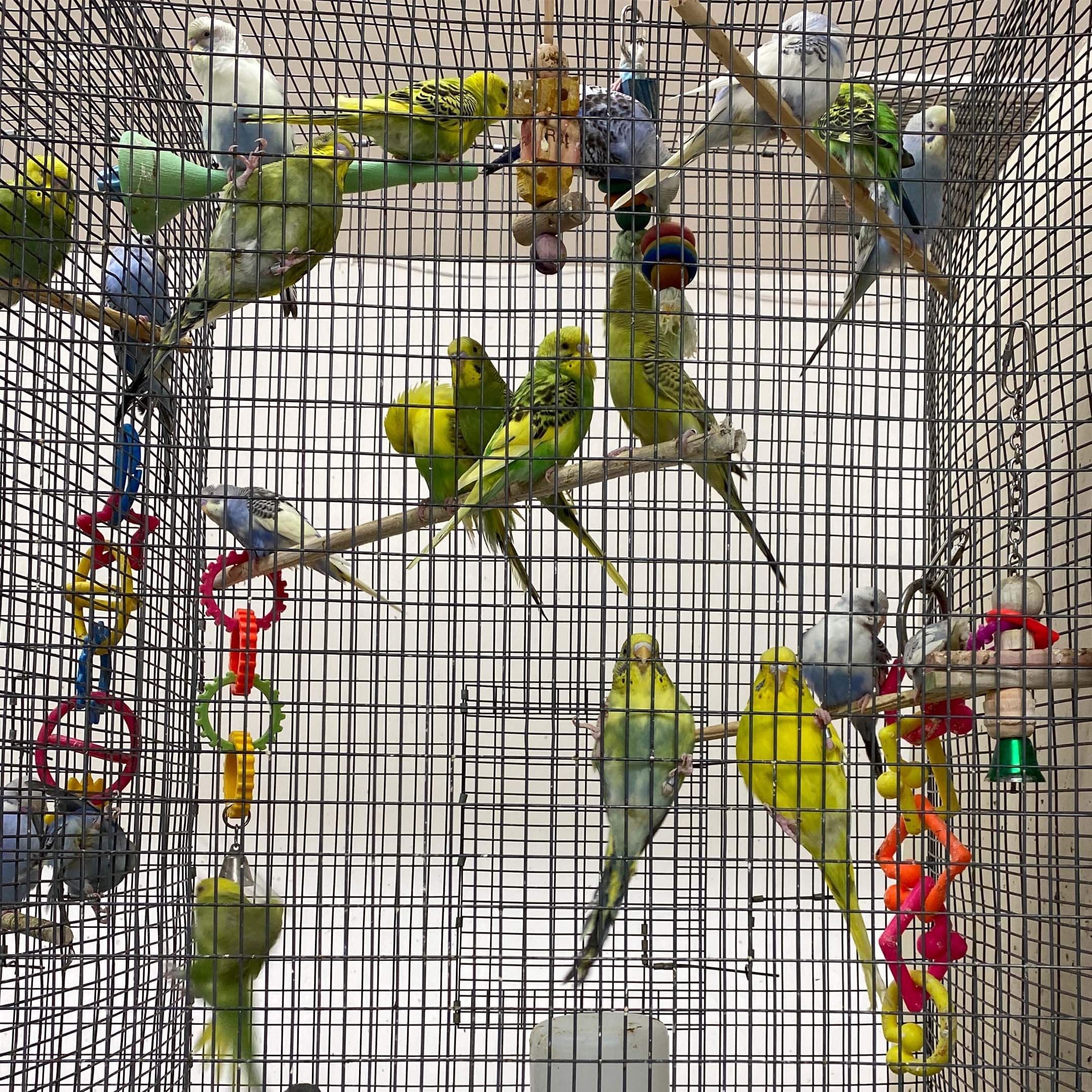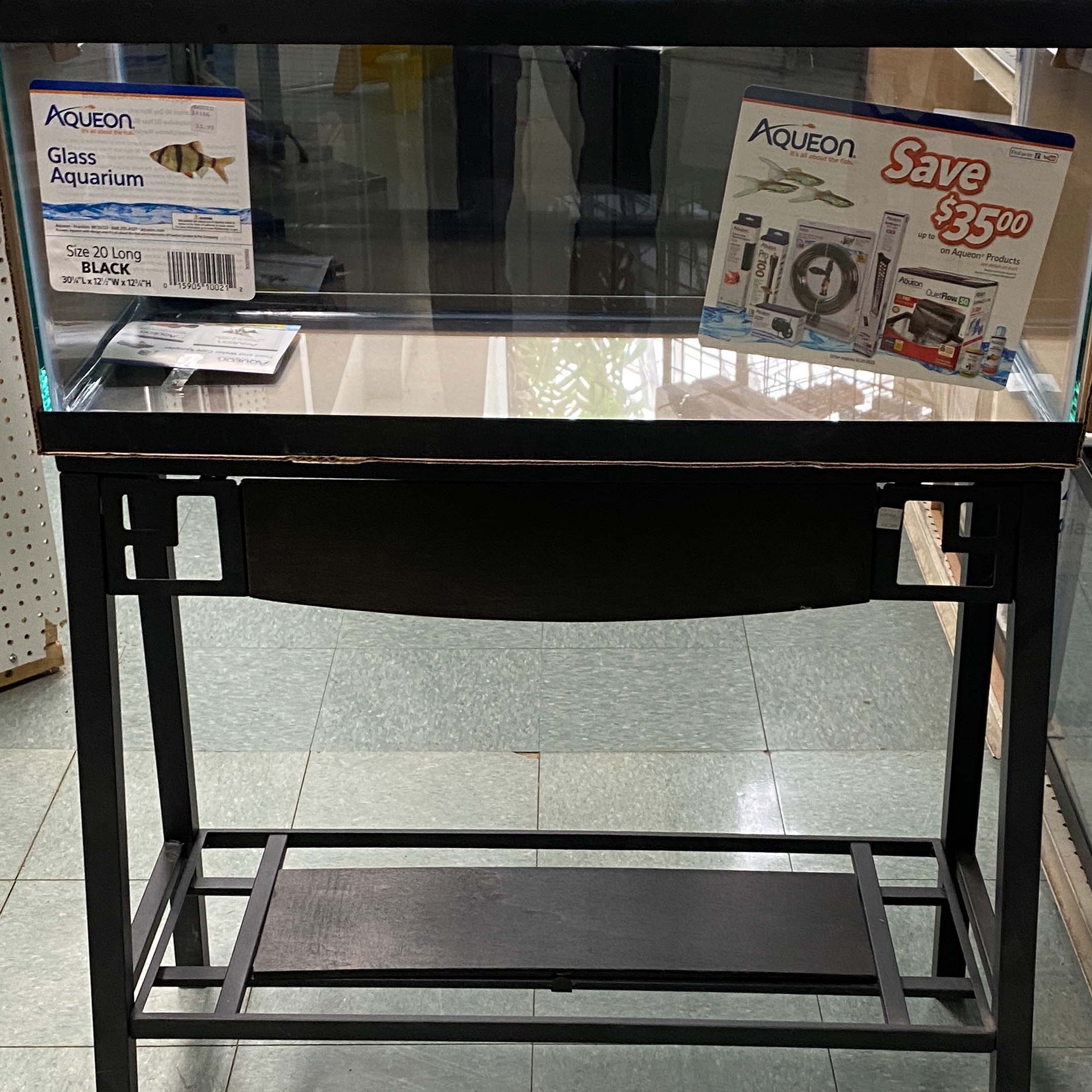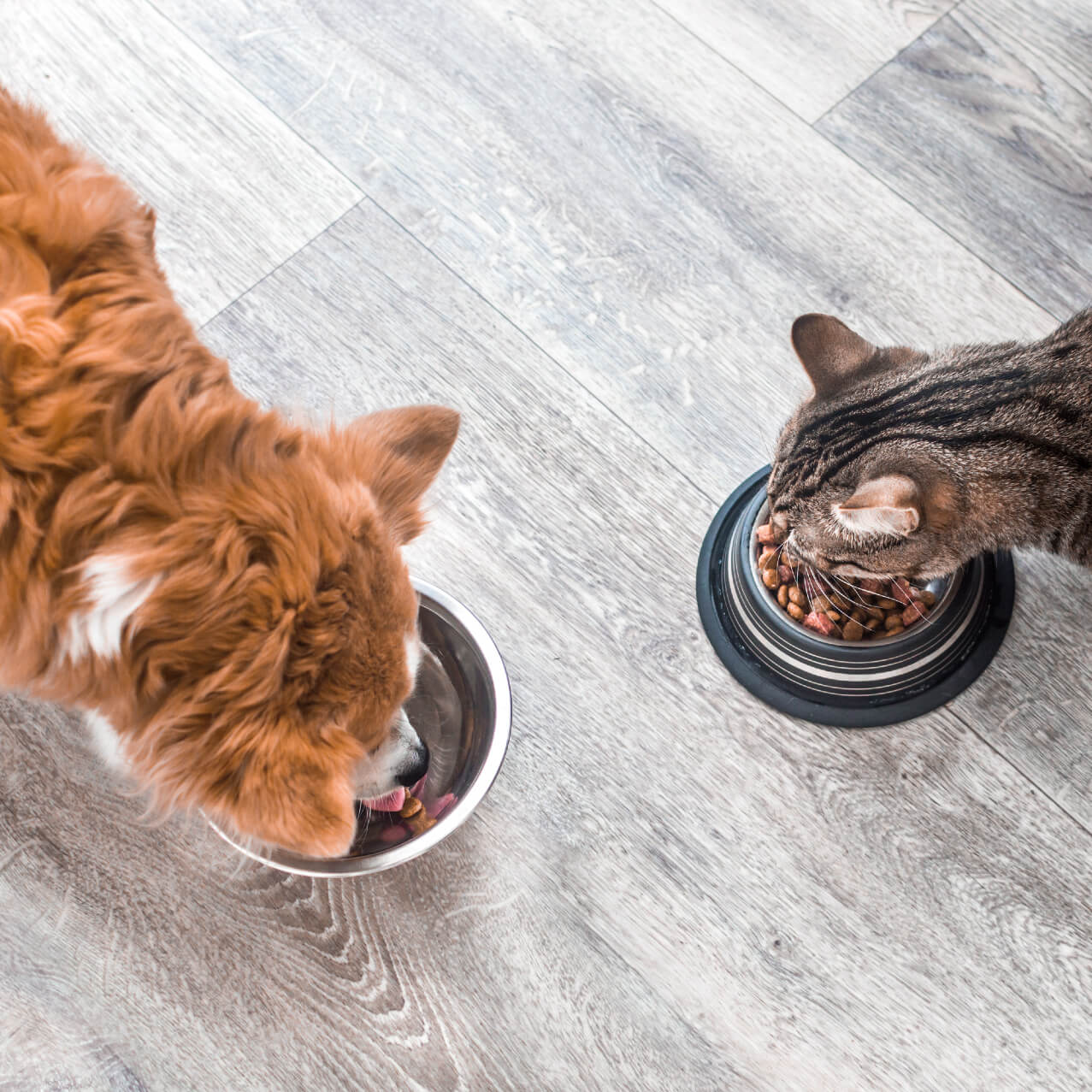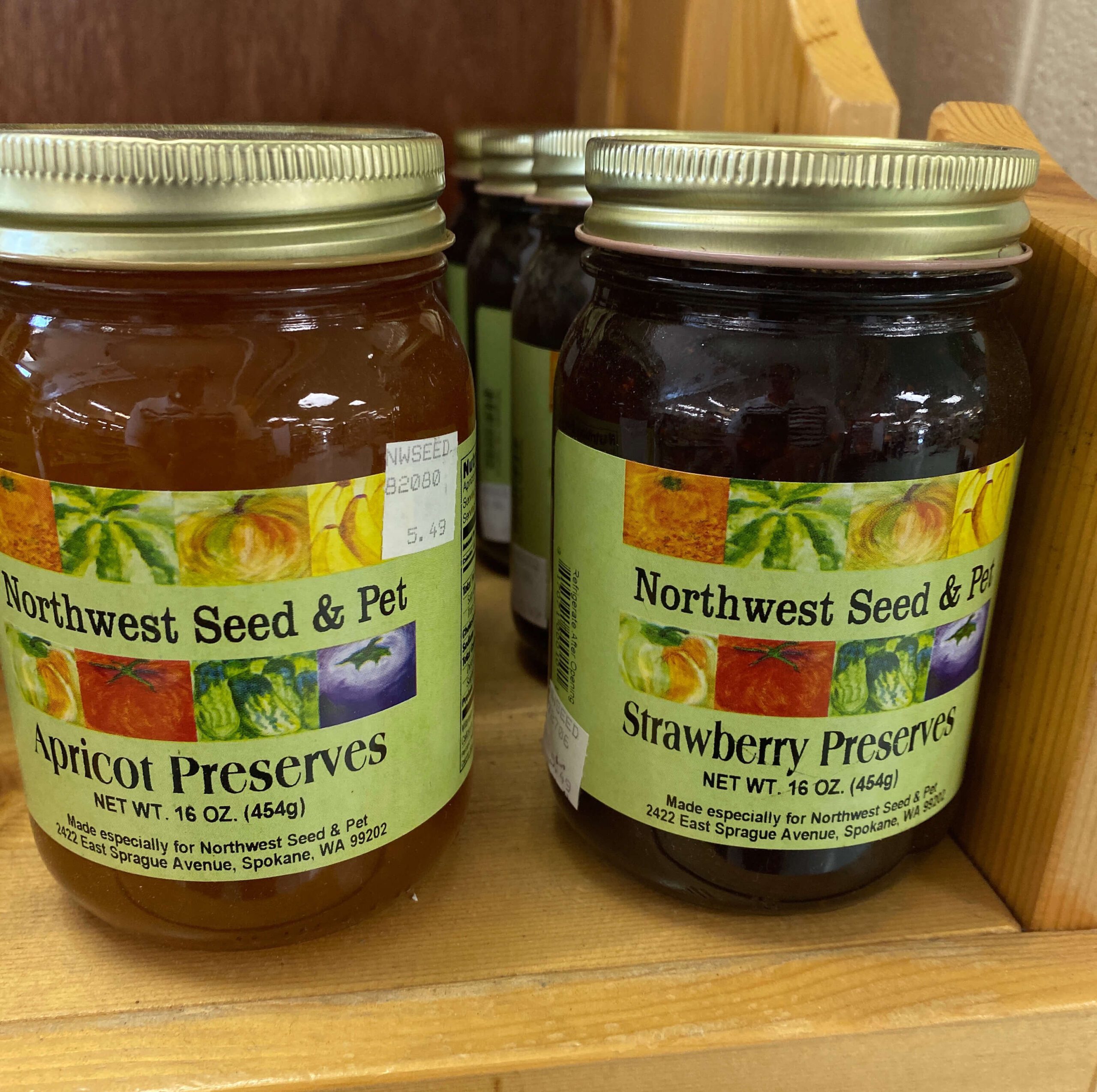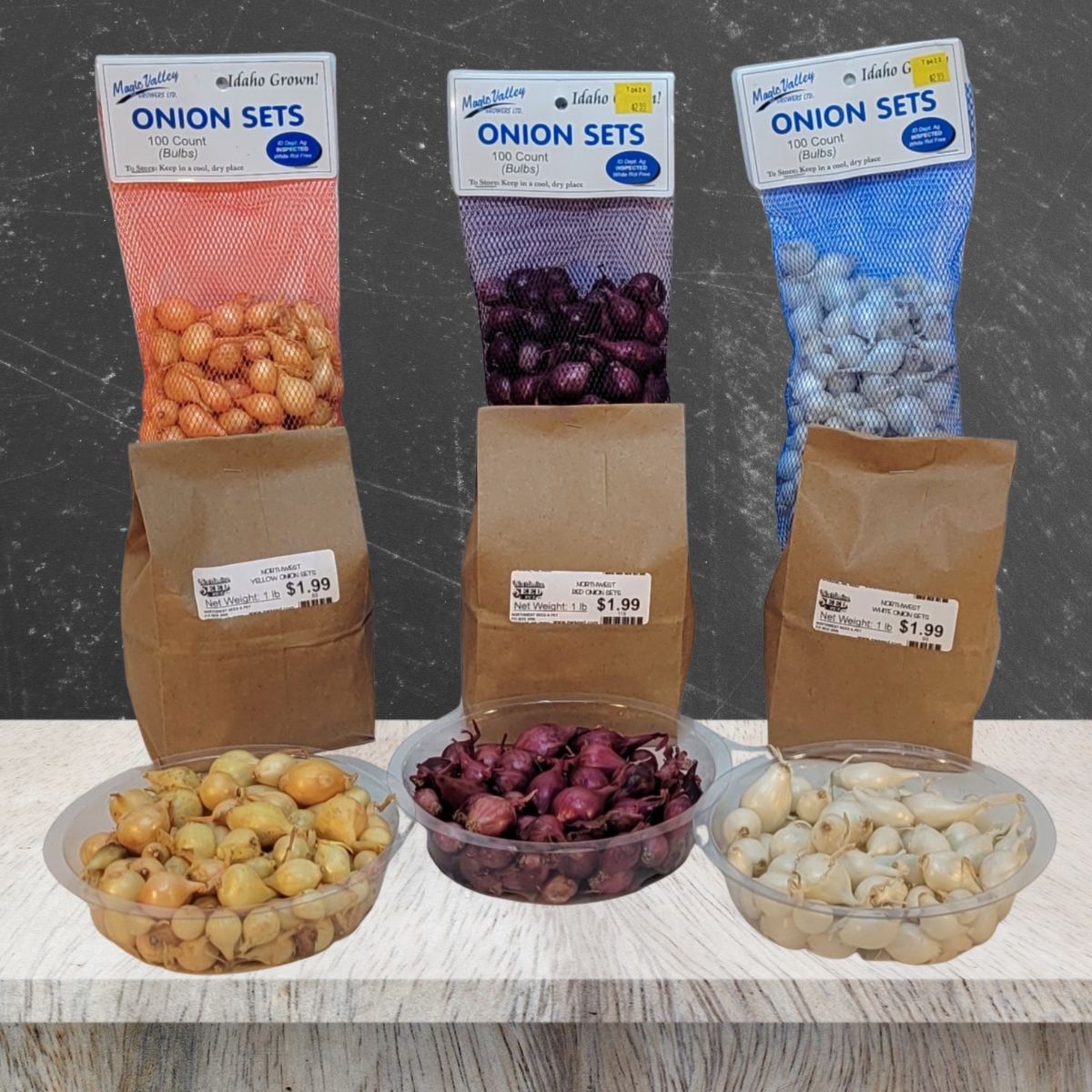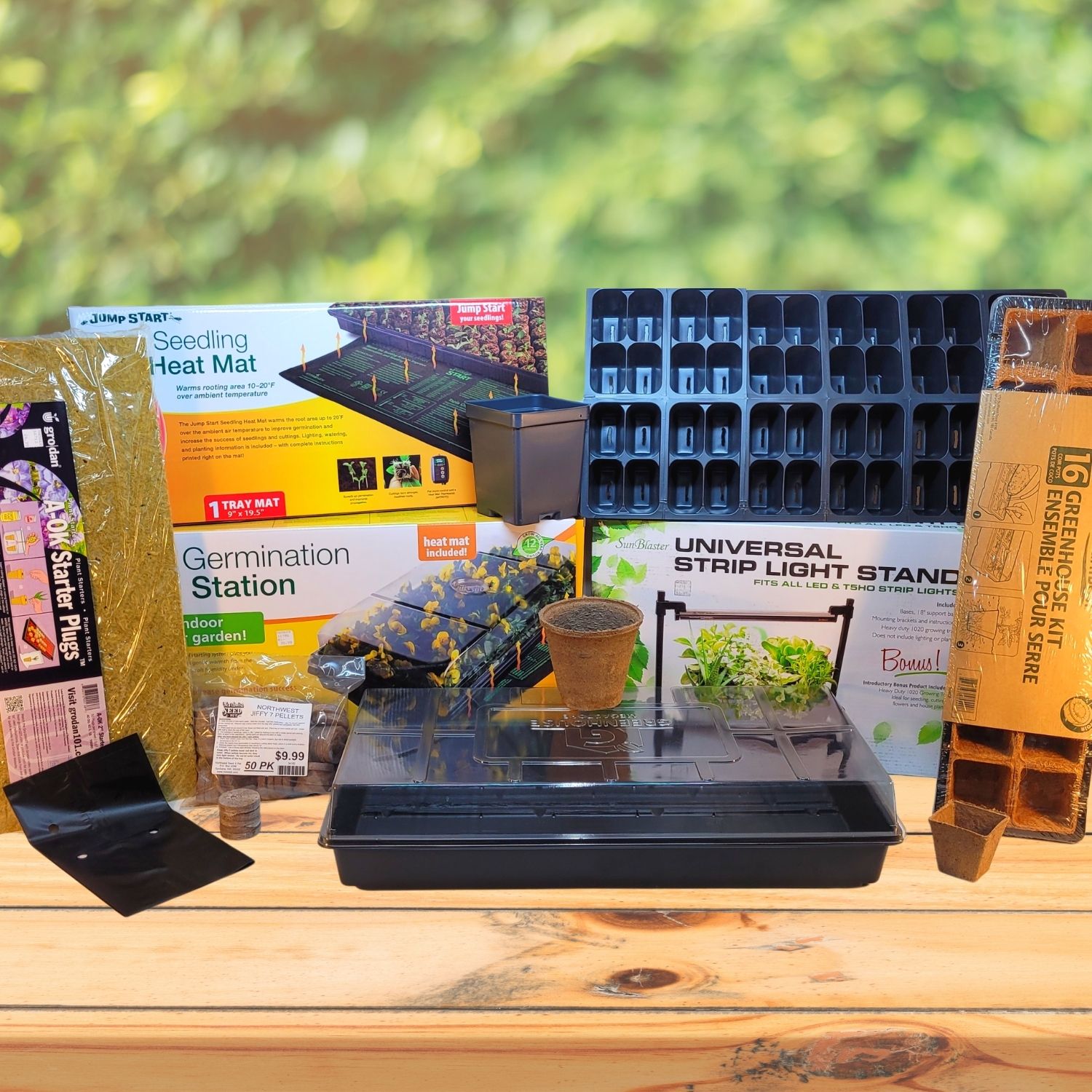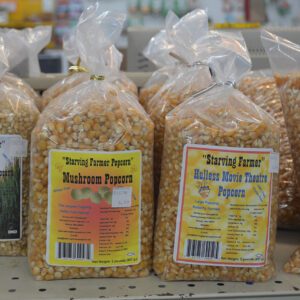Cycling an Aquarium
Why Cycle at All?
Cycling an Aquarium is done because all living things create waste. Feces, uneaten food, and waste all build up in aquariums. The build-up of waste and excrement is what produces ammonia and nitrites which are both very painful for fish and can kill them or make them very sick.
Ammonia literally burns fish. . . . similar to the type of burn you would receive from ingesting bleach or other kinds of household cleaners or acids. (This would burn your eyes, throat, nose, and mucus glands) As you can imagine, this wouldn’t be a very pleasant experience so it’s not something that you should want to subject your fish to either.
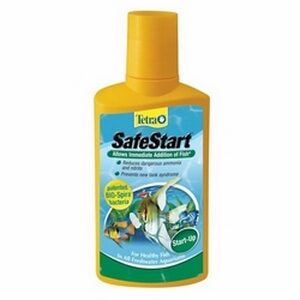 In a new tank, waste and whatnot may not have been built up yet, so you may think that everything is OK to add your fish right away. However, as soon as you add that fish the waste will start building up and ammonia will be the result. There cannot be enough good bacteria present to combat this ammonia right away (unless you’re using Bio-Spira) because it hasn’t had time to form. That means that no matter what dechlorinators or water treatment you add, your fish is still going to get burned because the build-up of the good nitrifying bacteria takes time and enough time simply has not passed.
In a new tank, waste and whatnot may not have been built up yet, so you may think that everything is OK to add your fish right away. However, as soon as you add that fish the waste will start building up and ammonia will be the result. There cannot be enough good bacteria present to combat this ammonia right away (unless you’re using Bio-Spira) because it hasn’t had time to form. That means that no matter what dechlorinators or water treatment you add, your fish is still going to get burned because the build-up of the good nitrifying bacteria takes time and enough time simply has not passed.
To avoid hurting your fish and exposing him to death or illness because of ammonia burns and exposure to nitrites, we cycle tanks BEFORE we put them in by creating ammonia (without actually using a fish to do it) to artificially stimulate the cycle into beginning. :)
Do NOT put your fish in before cycling is done! To cycle the new tank without fish, start off by setting everything up. (Get the filter and heater running and all that and add decorations and gravel.) Once this is done, begin feeding fish food to the tank once a day just like you would if there were actually fish in it. You need to keep in mind that to keep the levels healthy you really need to treat this tank like it does have fish in it. In keeping with this, you should clean the tank just like you would if there were fish in it. For most aquariums this means doing weekly 25% water changes. This should preferably be done with the use of a gravel vacuum. Gravel vacuums are the most efficient (and least stressful to the fish) way to remove waste from the gravel bed so that you know you’re getting the tank as clean as it should be.
Test the levels in the tank every couple days to check your progress.(You can check these levels by purchasing complete test kits at your local pet store that test for ammonia, nitrates, and nitrites). Once both the nitrites and ammonia read 0ppm and the nitrates are below 30ppm, you can add your fish. This process will take about 4-8 weeks. Once the levels are ok you can put the fish in.
The ammonia will spike first and then the nitrites and last will come the nitrates. When cycling is done you should have a very low reading of nitrates. If you are still getting a reading of 0 ppm for nitrates, the tank is not finished cycling.



